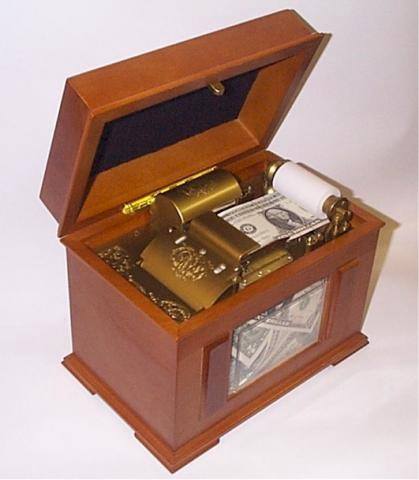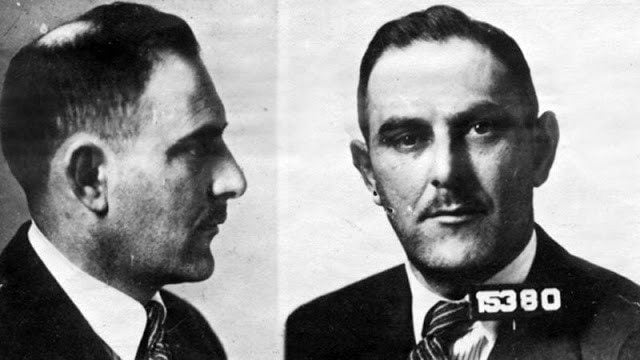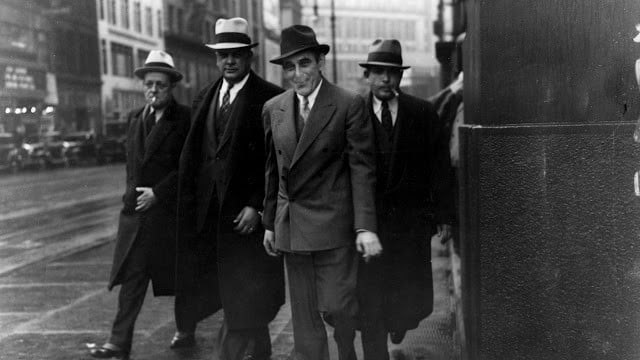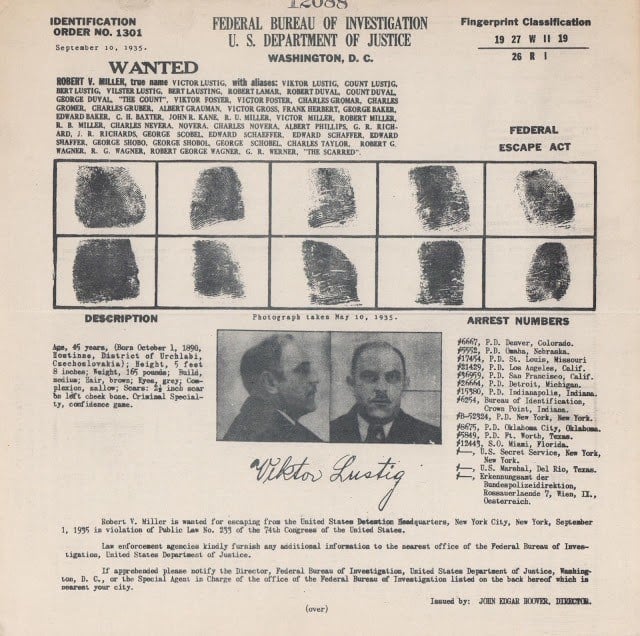Unmasking the Greatest Scam: The Ingenious Crimes of Count Victor Lustig
Count Victor Lustig’s exploits have left a legendary mark on the history of deception, earning him the title of one of the world’s most notorious con artists. Best remembered for his audacious double sale of the Eiffel Tower and his infamous “money-making machine,” Lustig’s schemes were built on intricate setups, bold confidence, and the ability to manipulate even the most skeptical targets. This article uncovers the story of Lustig’s greatest frauds, explores the psychology behind them, and considers why such crimes go unreported - and why anyone can fall victim.

The Origins of a Master Deceiver
Victor Lustig, often known as “The Count” for his aristocratic airs, was as inventive as he was audacious. Born in Austria-Hungary and fluent in several languages, he traveled across continents, carefully crafting his identity until he became a shadowy figure darting through luxury hotels and smoky gambling dens in Europe and America.
His reputation reached its zenith with the sale of the Eiffel Tower - not once, but twice. By forging government documents and impersonating an official, he convinced scrap metal dealers that the French government wanted to quietly unload the iconic structure. Both times, his deception was so thorough that embarrassed victims kept quiet, allowing Lustig to repeat his scam.
But Lustig’s creativity didn’t end there. Driven by daring and opportunity, his next invention was even more extravagant: the so-called “magic money-making machine.”
The Illusion of Endless Wealth: Inside the Money-Making Machine Scam
The “money box,” as Lustig called it, promised to duplicate legitimate currency through a supposed secret process. This wooden device, custom-built in New York, was designed to appear scientific, complete with mechanisms and slots engineered for an air of authenticity.

According to Lustig, the device worked through a “chemical process” that transferred ink from a genuine banknote onto a blank note over several hours. Naturally, the claim was nonsensical - but the demonstration he staged was convincing.
The process worked like this:
- Lustig would engage his mark, often after establishing trust with an unrelated good deed or scam.
- He hinted at the existence of the mysterious device, eventually allowing the victim a glimpse.
- Eager to see the device in action, the mark would be persuaded to let Lustig use their own large-denomination bill for the demonstration.
The procedure itself included theatrics: the bill was inserted into a slot, a crank was turned, and then the mark was told the process would take six hours. While waiting, Lustig and his victim dined or played cards elsewhere. Upon returning, the box would apparently yield two identical bills.

To allay suspicion, they would visit a bank separately to cash the bills. The only difference: both had the same serial number, a touch accomplished by altering numbers on two originals. Fueled by greed and convinced by the demonstration, the mark would soon be desperate to buy the “magic box” for themselves.
High Stakes and Higher Prices: The Art of Closing the Deal
Selling the machine was the real goal. Lustig cleverly stressed the device’s rarity, high construction cost, and nearly incalculable value - after all, wasn’t it the ticket to limitless cash?
He always set an exorbitant price, justified by the supposed capabilities and the precious pair of bills still inside. Conscious of time, he leveraged the machine’s “six-hour cycle,” which guaranteed he was long gone before the buyer discovered the truth: the box was a worthless wooden shell.
Escaping Justice: Why Victims Stayed Silent
One of Lustig’s masterstrokes was engineering his cons to exploit not just greed, but shame. Rarely did his marks approach authorities. To be duped by such a fantastical ruse was humiliating, and most preferred silent defeat over public ridicule. In many cases, this reluctance to report emboldened Lustig to repeat his crimes, including a second sale of the Eiffel Tower.

However, not everyone could keep quiet forever. Eventually, one determined victim - a Texas sheriff - trailed Lustig across the United States after falling for the money box hoax. Even then, Lustig managed another twist: he convinced the sheriff he had misunderstood the machine and reimbursed him with counterfeit cash, ultimately leading to his own arrest by the Secret Service and sealing his fate.

Modern Lessons from Classic Cons
It’s easy to assume we’d never fall for a trick as absurd as Lustig’s, yet history is filled with cons designed to appeal to our hopes and dreams. The methods change - from magic props to sophisticated online scams - but the underlying psychology remains. All it takes is being in the wrong frame of mind at the wrong moment.
Con artists don’t just rely on elaborate stories or props; they identify vulnerabilities and exploit the emotional triggers that make us all susceptible.
To protect ourselves:
- Always be skeptical of anything promising guaranteed riches or impossible results.
- Remember, if something sounds too good to be true, it probably is.
- Don’t let embarrassment prevent reporting a scam; silence only enables more deception.
Victor Lustig’s tale is a stark reminder that no one is immune. His genius lay not in the devices he created but in his deep understanding of human nature - a warning that, centuries later, remains just as relevant.
Stay sharp; the next hustle could be just around the corner.













